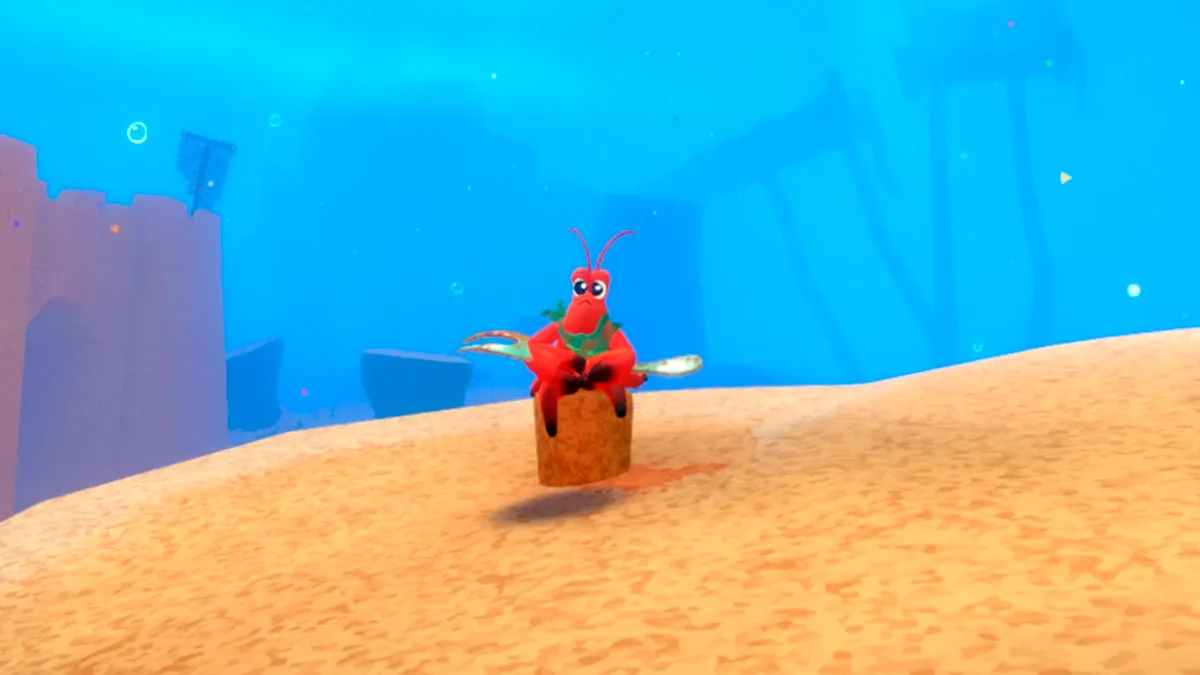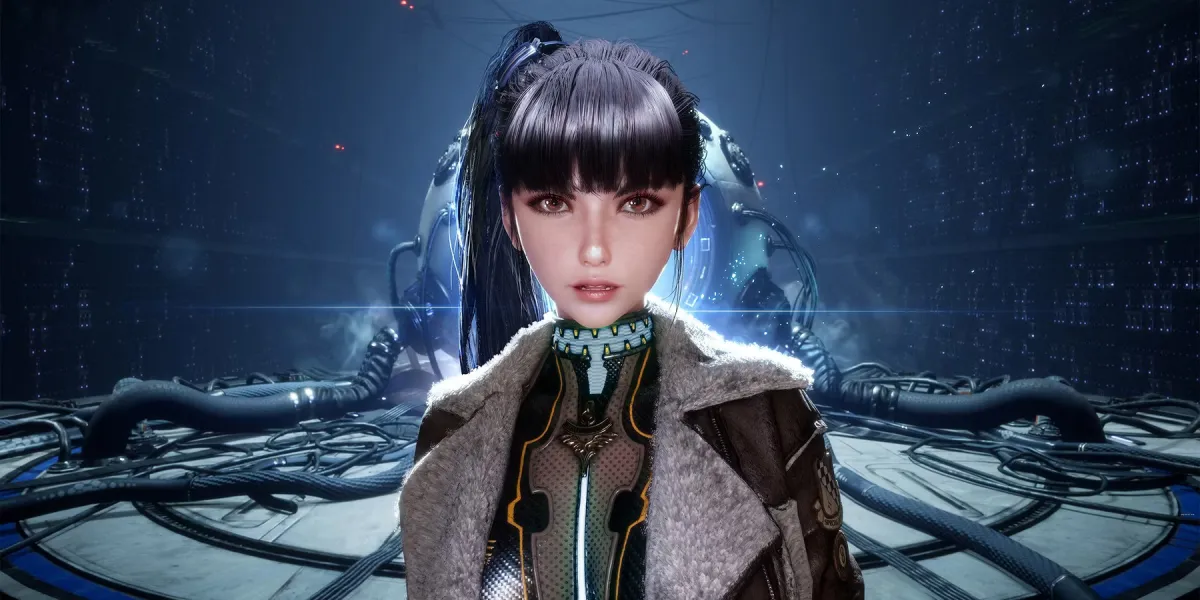
The Marvel cartoons of the 80s cemented characters like Spider-Man in the minds of a generation of kids.
I’ve touched on it as part of The Big Picture, but what happened in U.S. children’s television in the 1980s was a profound cultural shift that may in some ways be one of the most lasting and culturally-impactful legacies of the Reagan Administration.
Short version: As part of a broader trend of deregulation, the Reagan Administration ordered the FCC to relax laws that had discouraged and/or outright prevented children’s television from being explicitly commercial in intent. A wave of series based on toys and other products flooded the airwaves… but not as many based on comics as you might imagine. Part of this was due to rules about human-looking characters not punching or kicking each other, robbing many traditional comic heroes of their main method of crime-fighting, but it was mostly business: DC and Marvel already had a medium for promoting toys based on their comic books — their comic books.
However, Marvel was in the early stages of branching itself out into a broader multimedia company, and part of that strategy was absorbing and re-naming kiddie-TV/animation producers DePatie-Freleng Enterprises as “Marvel Productions.” Their first big project: Build a loosely-connected (more through animation-style than story-continuity) Marvel Animated Universe jumping-off from DFE’s New Fantastic Four and Spider-Woman cartoons discussed previously, starting with their biggest star…
SPIDER-MAN (1981-82)
Alright, let’s clear this up: Marvel Productions made two different Spider-Man cartoons in the 1981. The better known of the two, Spider-Man & His Amazing Friends, aired on NBC on Saturday mornings. But this series, featuring a solo Spidey and a singular title (but the same basic style, animation assets and similar sound/music) debuted at the same time but aired in syndication markets. An episode of Amazing Friends’ third season established it as a sequel to this series, though the continuity doesn’t precisely line up.
As for the show? It’s pretty good — effectively a faithful but kiddie-friendly adaptation of the college-age Spidey stories of the (then) most-recent comics. It’s also the first time that Peter Parker appears in animation with a modern hairstyle (he’d typically kept his 60s crew-cut) and the turtleneck shirts John Romita is said to have preferred drawing for him — the better to hide a spider-suit.
Marvel’s edict for its 80s shows was to go whole-hog on the Universe angle, and Spider-Man sets the example by packing its episodes with Marvel guest stars. Along with plenty of classic Spider-Man friends and foes, other Marvel fixtures like Doctor Doom, Magneto, Ka-Zar, Sub-Mariner and even Thor’s mortal identity of Dr. Donald Blake make appearances. Of note: The episodes featuring Doom formed an overarching story about the dictator trying to ransom the U.N. while Spidey worked with a Latverian resistance movement to undermine him.
SPIDER-MAN & HIS AMAZING FRIENDS (1981 – 1983)
And this would be the 80s Spider-Man cartoon that more people seem to remember. It’s certainly the one I most remember, even though since it and I share the same birth year I almost-certainly must have watched it as re-runs.
If I can pause for a personal aside: I won’t pretend that it’s the best superhero cartoon or even the best Spider-Man cartoon… but I adore Spider-Man & His Amazing Friends. This show is pretty much my “origin story” as a nerd: It was the first place I ever saw or heard of Spider-Man, and for whatever reason his look and power-set hit a chord with me. I devoured every episode I could get my hands on, watching tape-from-TV episodes until I could quote them verbatim. And since the show was — more than anything else Marvel had on TV at the time — positively soaking in Marvel continuity (without exaggeration, basically every episodes features a guest-appearing hero or villain, often in groups) it was my gateway into both comics and the IDEA of continuity and shared-universes in fiction.
Anyway. What’s the story here? Pretty basic: Spider-Man (here in Peter Parker: college student mode) forms a superhero trio with a pair of classmates who are also secretly superheroes. In fact, they’re both former X-Men: Bobby “Iceman” Drake and Angelica “Firestar” Jones. Amusingly, this was meant to be an all-boys team featuring The Human Torch, but the same rights issues that kept him out of the ’78 Fantastic Four also kept him out of this, hence Firestar — who became popular enough that she was quickly added to the Marvel Universe in the comics. As a kid I was a lot more fond of Firestar than almost any other heroine in my action-cartoon rotation for reasons I didn’t fully comprehend until revisiting the series as a teenager, where it was suddenly much more noticeable that her minimalist costume-design essentially rendered her as a nude figure painted yellow.
The show is goofy as all hell, and was still running on 70s cartoon rules about action so there’s not nearly as much brawling and scrapping as would become the norm in Transformers or G.I. Joe a few years later. But what it lacks in those areas it makes up for in the sheer volume of (kid-friendly) fan-service wackiness: An Agatha Christie riff with Doctor Strange, Namor, Shanna the She-Devil and Captain America? Swarm, the supervillain made of bees? A meetup with Count Dracula, The Wolfman and Frankenstein’s Monster? The first appearances in animation of the modern X-Men? (Twice?) The meta-on-meta spectacle of superheroes attending a superhero themed costume party dressed as other heroes (Iceman as Captain America, Firestar as Spider-Woman) …except for Spidey, who wears a cheap, ill-fitting store-bought version of his own outfit?
It’s also amusing (in retrospect) for some of its stranger plotting: The “Spider-Friends” all live as houseguests of Aunt May in the suburbs, and have managed to conceal an entire Batcave’s worth of crime-fighting technology around the place unnoticed, for one thing. For another, the team has a decidedly unconventional (especially for kid’s TV) dynamic: They’re not so much “friends” as they are a hyper-competitive polyamorous trio that hasn’t quite worked out their specific structure — Peter and Bobby are both constantly bagging on each other for Angelica’s attention (like two brothers fighting over mom) and Angelica basically encourages this at every turn.
Oh! And this was also where Aunt May’s Lhasa Apso, Ms. Lion, came from — and who doesn’t like Ms. Lion?
THE INCREDIBLE HULK (1982 – 1983)
It only has 13 episodes, it was eclipsed even in its day by the live-action Hulk and by Spider-Man & His Amazing Friends (with which it ran as part of a block in most markets) and Hulk fans generally prefer the more 90s series… but this is my favorite Hulk show, overall. Maybe it’s that awesome theme music — so memorable to a certain age/stripe of hardcore geeks that it turned up in Superjail’s Hulk-parody.
Unlike the Spider-Man cartoons, Hulk actually got to play things mostly-straight, with Hulk being very much his monstrous self and doing tons of smashing and brawling. Honestly, I don’t know how anyone becomes a fan of The Hulk if you don’t first discover him in very early childhood — the appeal of a good guy whose “power” is to get angry and stomp around smashing and throwing stuff just feels so precisely wired to the pleasure/relatability-centers of a child’s brain (see also: Godzilla).
The show was also fairly faithful to the classic comics’ version of the character, with Betty Ross, Rick Jones and Col. Talbot all present along with the most accurate (for the time) adaptation of the Hulk’s origin story, with the main change being swapping-out alien invaders for Soviet saboteurs at Banner’s lab. The (in my mind) unquestioned highlight of the series? Easy: The Hulk Vs. The Hunchback of Notre Dame. Yes, really. You gotta see that to believe it.
PRYDE OF THE X-MEN (1989)
And now to the “What Might Have Been?” category…
In the mid-80s, Chris Claremont’s second-wave X-Men were finally starting to break out from comics-popularity into the mainstream, buoyed by the embrace of Wolverine by figures of the hard-rock and alternative-sports crowd. Unfortunately, the popularity of the comics was due in part to its writer and artists’ exceptional skill at getting “edgy” sexual material and fairly brutal violence past the censors, which wasn’t going to fly in an animated adaptation no matter how badly Marvel wanted to get an X-Men cartoon onto TV (kind of hard to get around the whole “no stabbing” thing when one of your biggest characters’ sole marketable ability is having knives come out of his hands).
But they did finally get a series pitch worked out and a pilot produced, built mostly on redoing the simpler X-Men vs. Brotherhood setups from the 60s comics with the more popular characters from the Claremont/Byrne/Cockrum era. But around 1989, Marvel was hitting the beginnings of the financial troubles that would plague it for a decade — and ultimately their animation projects closed up shop, leaving Pryde of The X-Men as the only remnant of the series that might have been. It’s most lasting contribution the X-Men lore being that since they all went into early production during the same period as it was being developed, the aesthetic and casts of the video games X-Men: Madness in Murderworld, The Uncanny X-Men and Konami’s legendary X-Men: The Arcade Game were all sourced mainly from this pilot. (Oh, and also for fandom eyeroll’s about Wolverine having an inexplicable Australian accent — apparently the result of his voice-actor believing that a line calling Toad a “dingo” meant that he should be doing an Aussie voice.)
As for Pryde itself? It’s actually pretty good, overall — unfortunate theme song notwithstanding. It’s about what you’d expect from the first episode of an 80s X-Men cartoon: The same “New student as audience POV” introduction setup used in the first movie and Generation X except this time with perennial fan-favorite Kitty Pryde, so… actually better than either of those. Kitty just happens to be making her first visit to the Xavier School (Cyclops, Wolverine, Colossus, Nightcrawler, Dazzler and Storm are the current team otherwise) on the same day that Magneto and The Brotherhood (White Queen, Juggernaut, Toad, Pyro and The Blob) attack the place. Everything comes down to a big fight on Asteroid M that even finds time to introduce Lockheed the miniature space-dragon.
I honestly think that if this had gone to series it would’ve been a success — and who knows what the eventually mainstream mega-popularity of the X-Men would’ve been? (Obviously, we’ll talk about the 90s series next week.)
SOLARMAN (1992)
I’d be remiss not to mention this one, another go-nowhere pilot produced in 1989 but not aired except as a “special presentation” in 1992. Solarman was a new character that Marvel was sure (for some reason) would become the next big thing, but his heavily-promoted comic series sold badly enough to be canceled after two issues and nobody wanted to air the cartoon.
Not exactly surprising. Solarman is pretty bad, another Captain Marvel/Shazam riff grafted onto a sun-powered hero with an almost comedically-pandering setup: The (adult) hero’s secret identity is a teenager who wants to be a comic-book artist but is forced to train for sports instead by his overbearing father. He gets a device from a dying alien, Green Lantern-style, that lets him morph into the grownup-sized (and profoundly dorky-looking) superhero Solarman to battle invaders who want to drain the sun’s energy.
Solarman would seem like an ignoble end to Marvel’s 80s stabs at cartoon supremacy, and it sort-of was. But a positive turn was right around the corner…




